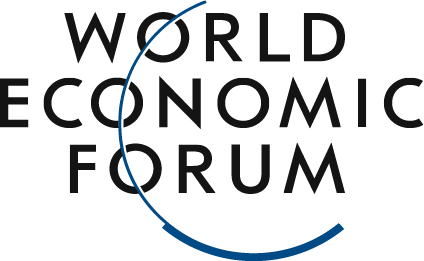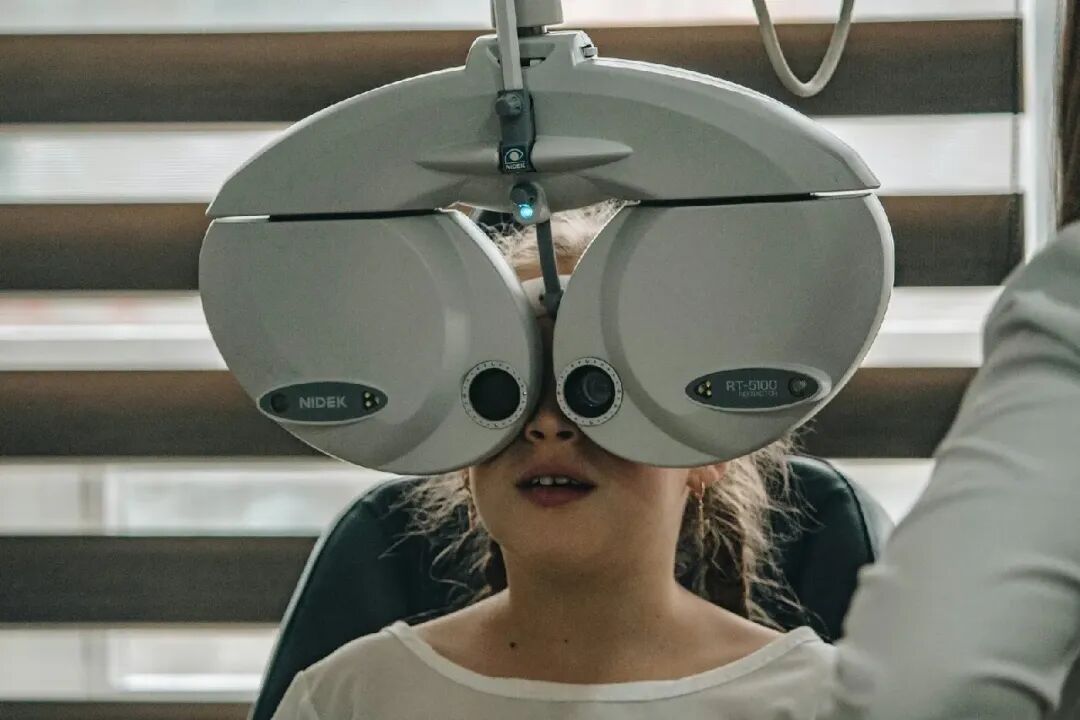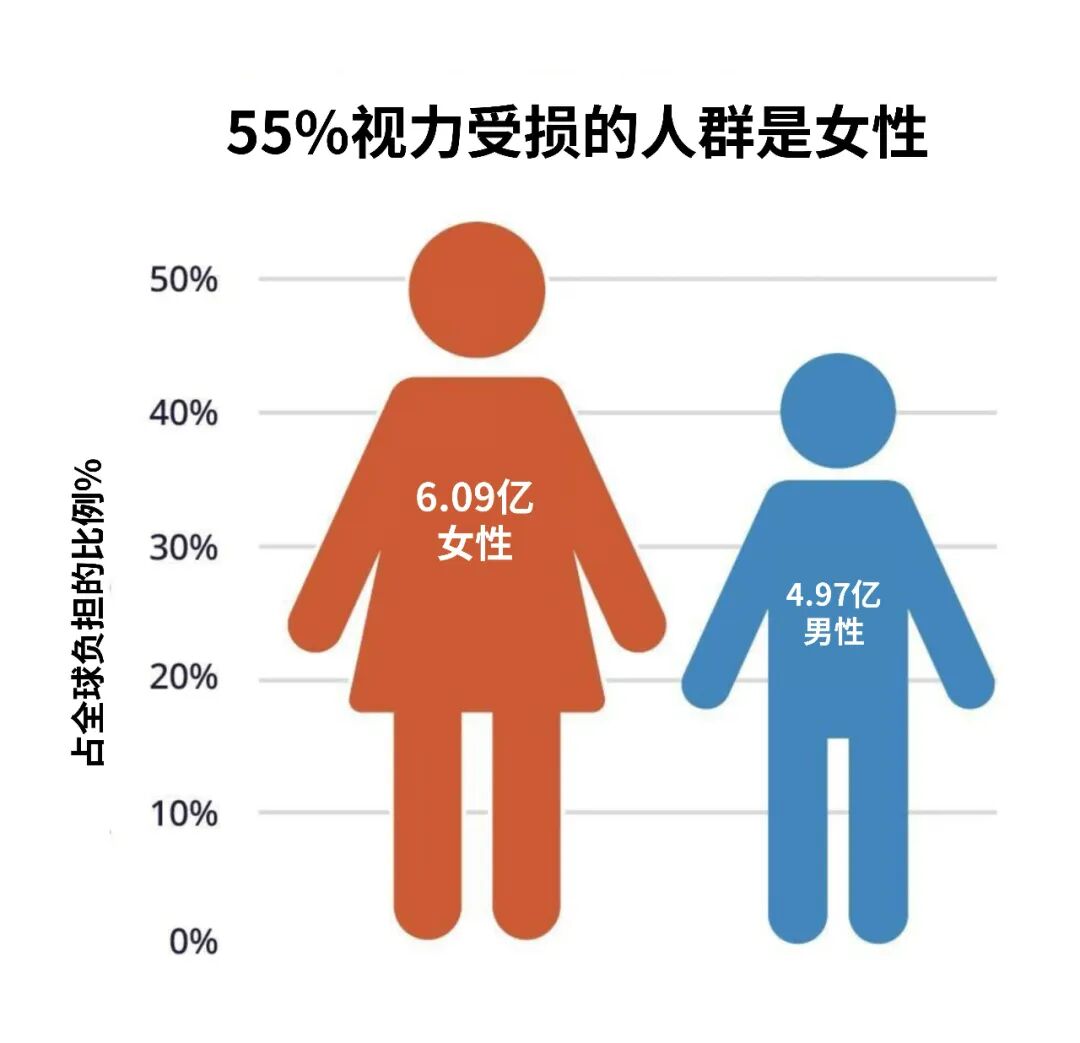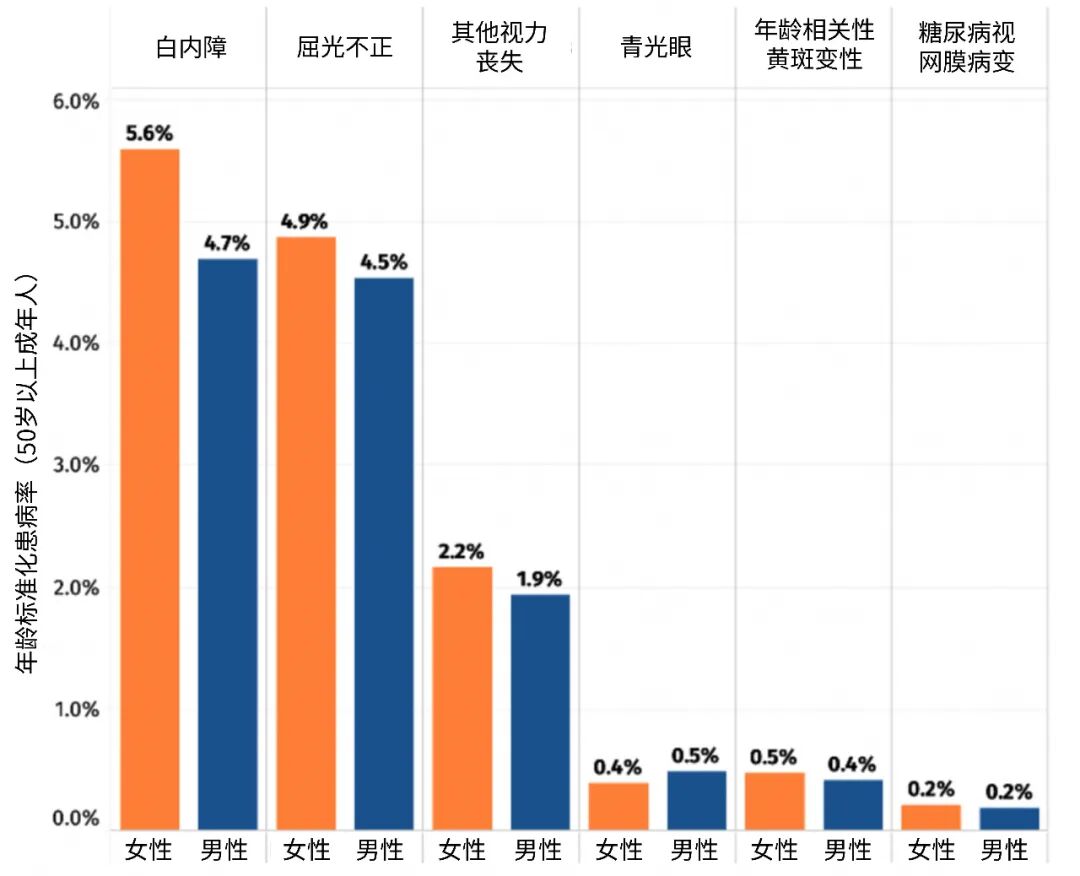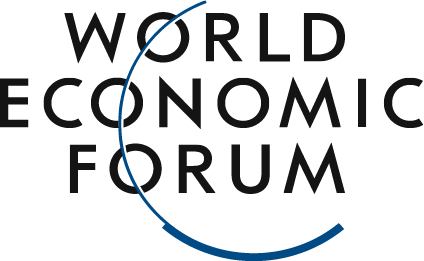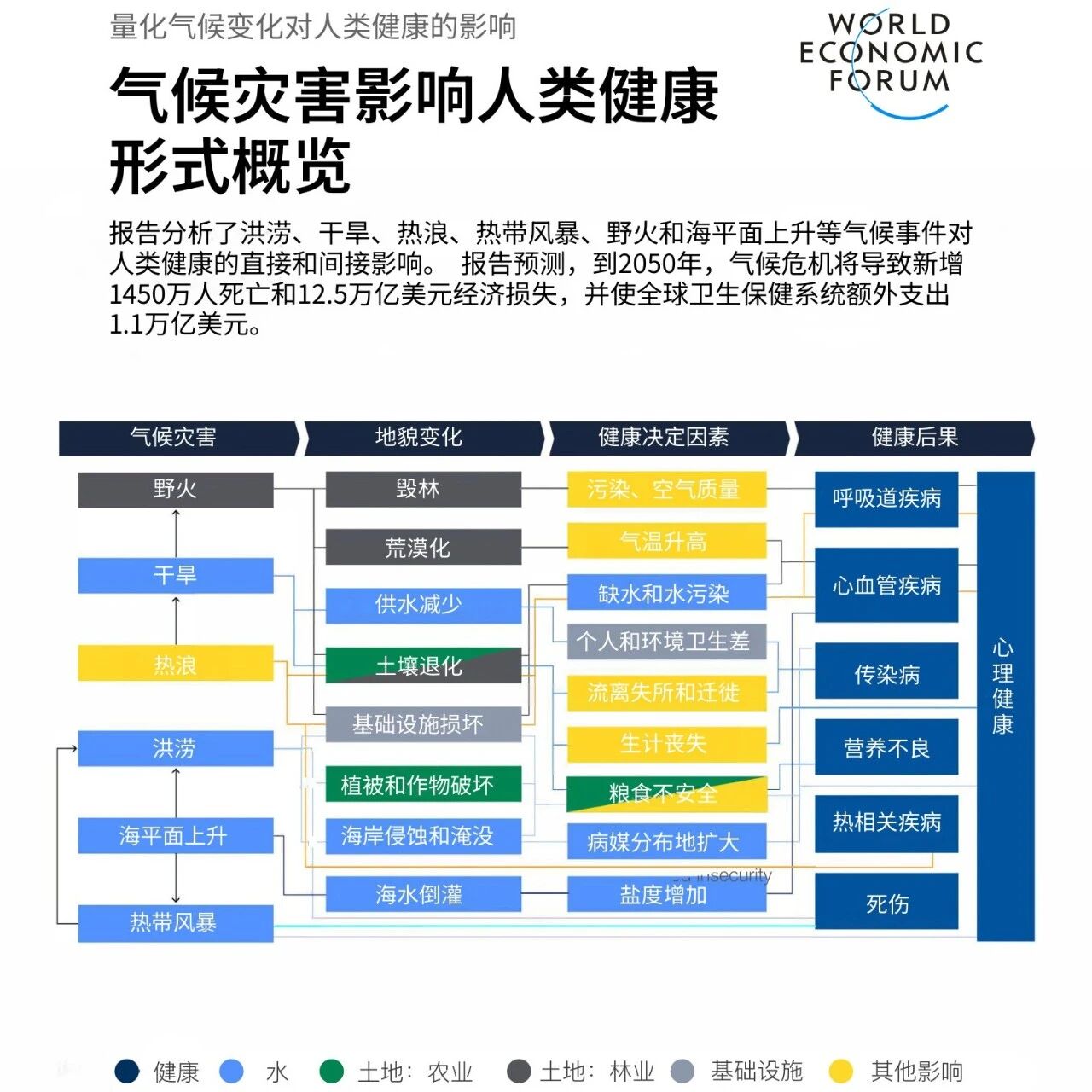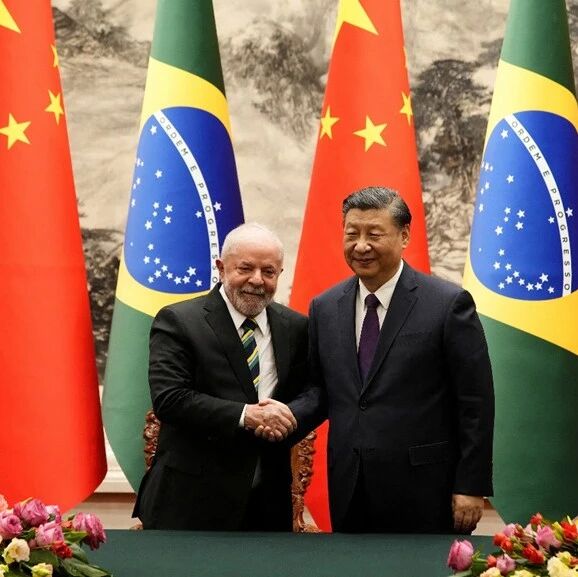Women face challenges in accessing eye care services.
Image source:Unsplash/nrd
Princess Ifeoma Ike
CEO of Nigeria's Princess Vision
World Economic Forum Global Young Leaders
Expert Member of the World Economic Forum on the Future of Global Health and Healthcare
Good vision is essential for women's quality of life, as well as their ability to work, study, and care for their families.
Two-thirds of blind and visually impaired people worldwide are women.
Since women have a longer life expectancy than men, they also bear a heavier burden of eye diseases.
No matter where you are, good eye health should never be overlooked. Eye health is a vital component of overall well-being, yet women face unique challenges that are preventing them from accessing essential eye care services. Across the globe, pervasive inequalities continue to hinder women’s ability to receive timely and adequate eye care.Why women's eye health is so importantGood vision is essential for women’s quality of life, as well as their ability to work, study, and care for their families. Vision problems can significantly impact women at any age—but as women grow older, these issues tend to become even more common. Surprisingly, statistics reveal that nearly two-thirds of the world’s visually impaired individuals are women.The root of this disparity is multifaceted, including the fact that women tend to live longer, exposing them to a higher risk of age-related eye conditions such as cataracts, age-related macular degeneration, and glaucoma.For instance, a nationwide survey conducted in Nigeria revealed that women had a prevalence of mild to moderate distance vision impairment about 30% higher than men. Additionally, global data show that even after accounting for age differences, women with moderate to severe distance vision impairment were still approximately 7% more likely to be affected than men.Multiple Challenges: Socio-Cultural, Economic, and Healthcare DisparitiesWomen's eye health is a globally critical yet often underestimated challenge that demands urgent attention and collaborative action from around the world. Despite significant advancements in healthcare, inequalities persist, leaving women vulnerable to a range of eye-related conditions—and creating barriers to accessing the care they need.Due to traditional and discriminatory gender roles, women often bear the primary responsibility for caregiving—often at the expense of their own eye health and well-being. Social norms and expectations also limit their autonomy in independently seeking medical care. Combined with economic constraints caused by low incomes and the gender pay gap, these barriers become significant obstacles, leaving many women unable to afford eye exams, treatments, or corrective eyewear.Women's eye health is a frequently underestimated yet critically important global health challenge that demands urgent attention and collaborative efforts from around the world.
Image source:International Agency for the Prevention of Blindness
Challenges Women Face in Accessing Eye Care
Although good eye health is crucial, many women still face barriers to accessing eye care, including a lack of awareness about the importance of eye exams, high costs of treatment, transportation challenges, and competing demands on their time.Women living in rural or remote areas may face greater challenges in accessing eye care services. In some cases, women may not have control over their healthcare decisions and must rely on male family members to help them seek medical assistance.In addition to these widespread barriers, women also face unique challenges when it comes to eye health. For instance, hormonal changes during pregnancy and menopause can affect women's vision, while certain medications commonly used by women—such as oral contraceptives and hormone replacement therapies—may also impact eye health. Moreover, women who wear makeup are at a higher risk of developing eye infections or irritation, particularly if makeup is not removed properly.Age-standardized prevalence of visual diseases among adults aged 50 and older, broken down by gender and underlying cause.
Image source:International Agency for the Prevention of Blindness
Addressing the gender gap in eye care servicesAddressing gender disparities in eye care requires a multifaceted approach, with governments, healthcare providers, NGOs, and civil society working together. The following strategies can help bridge the gap and promote gender equality in global eye care:Initiating policy changes at both national and international levels is crucial for addressing gender disparities in eye care. Governments and global health organizations must prioritize eye health as an integral component of women’s healthcare. This includes advocating for policies that ensure affordable and accessible eye care services for women, such as subsidized or even free eye exams and treatments.Policies that promote gender equality in the healthcare sector are also crucial, such as implementing anti-discrimination measures and encouraging healthcare professionals to undergo gender-sensitive training.2. Public Awareness CampaignConducting targeted awareness campaigns tailored to women from diverse backgrounds is essential for fostering a proactive eye-care culture. Collaborating with community leaders, educational institutions, and healthcare providers can amplify the impact of these initiatives, empowering women to schedule regular eye exams, detect eye conditions early, and adopt healthy eye-care habits.Emphasizing the connection between overall health and eye health can encourage women to prioritize their vision care.3. Strengthen the healthcare systemTransforming the healthcare system to make it more inclusive and better equipped to meet women's needs is essential. This includes ensuring that eye care services are integrated into primary healthcare facilities and that these services address the unique eye health concerns of women.Training healthcare professionals to recognize and address gender-related issues in eye health—such as hormonal changes that affect vision—can significantly enhance the quality of care provided to women.4. Community Engagement and EmpowermentEngaging the community and empowering women—giving them the tools to take charge of their own eye health—can create lasting impact. Establishing community-based eye care programs, particularly in underserved areas, can help women facing geographic or cultural barriers gain better access to essential eye care services.Additionally, empowering women through education and economic opportunities can improve their access to eye care services, while also enhancing their overall health and fostering greater autonomy.5. Research and Data CollectionStudying the interplay between gender and eye health is crucial. Collecting data on eye conditions, access to eye care, and treatment outcomes, stratified by gender, can reveal disparities and inform evidence-based interventions.Investing in research aimed at understanding how gender influences eye health and access to care is crucial for developing targeted solutions.Achieving universal health coverage and sustainable development goals means advancing gender equality in eye care. This involves addressing the unique challenges women face in accessing eye health services, with the aim of improving health outcomes, promoting gender equity, and building a more inclusive society.Through collaborative efforts and targeted interventions, we can bridge the gap and ensure that everyone—regardless of gender—has access to high-quality eye care services.The above content solely represents the author's personal views.This article is translated from the World Economic Forum's Agenda blog; the Chinese version is for reference purposes only.Feel free to share this in your Moments; please leave a comment below if you'd like to republish.
The World Economic Forum is an independent and neutral platform dedicated to bringing together diverse perspectives to discuss critical global, regional, and industry-specific issues.
Follow us on Weibo, WeChat Video Channels, Douyin, and Xiaohongshu!
"World Economic Forum"
